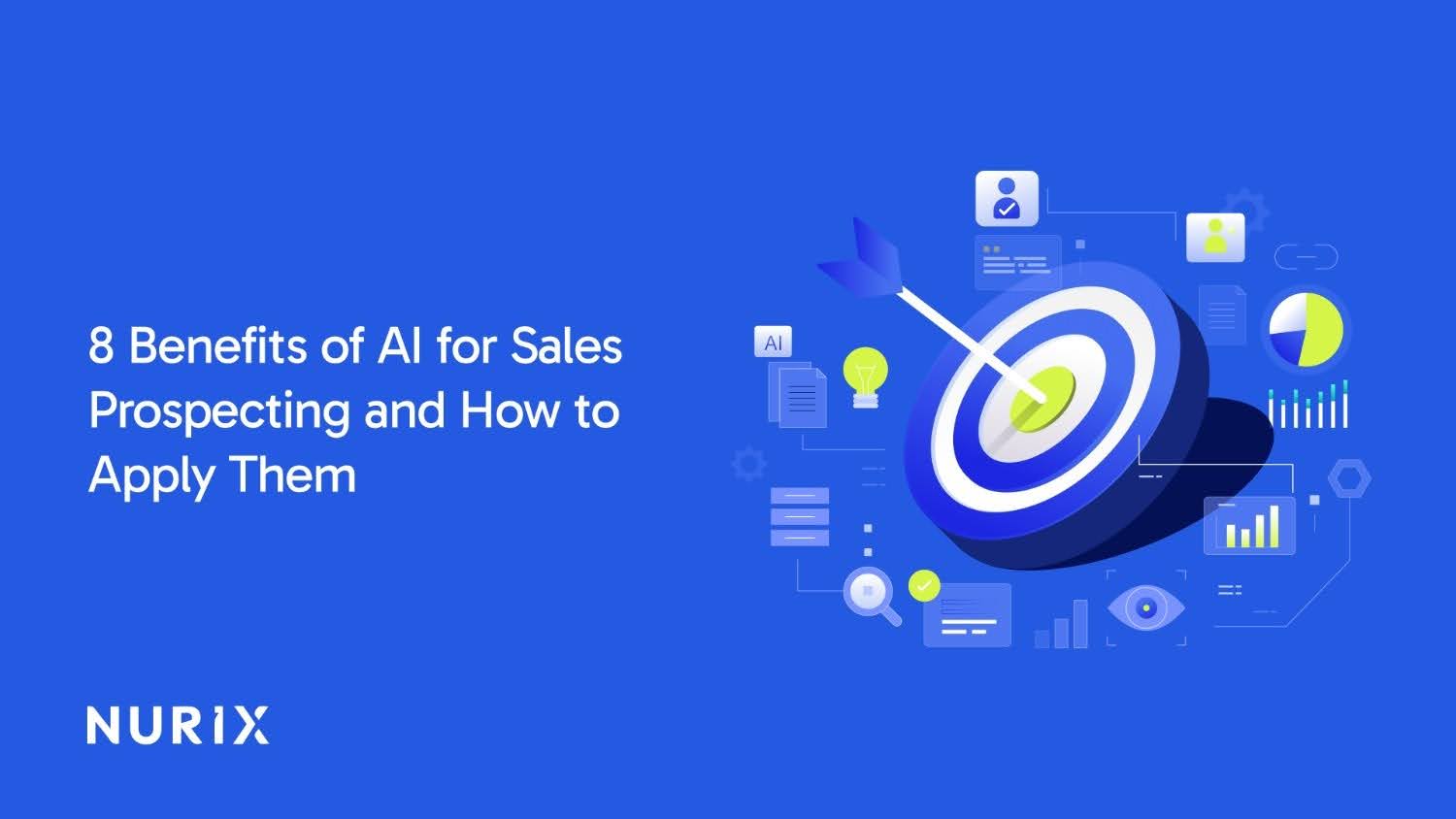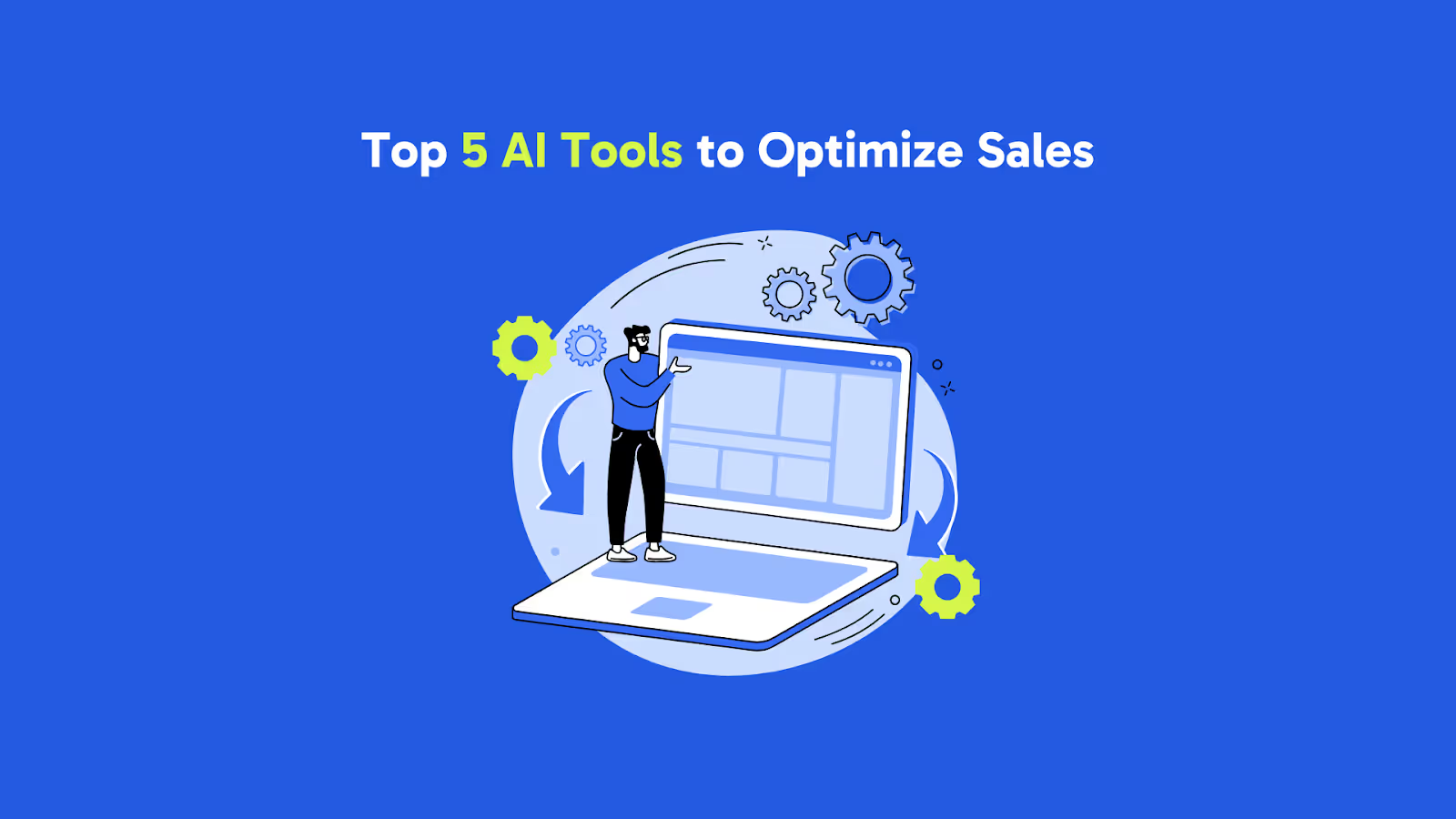Expanding your business into new markets is exciting, but it can also be challenging, especially when language barriers stand in the way. Studies show that companies that transitioned from single-language to multilingual websites have seen sales increases of at least 25%, with some experiencing a 70% boost. Yet, many businesses still struggle to connect with non-native customers, missing out on growth opportunities.
In this blog, we’ll explore how implementing multilingual sales strategies can help you tap into global markets. We’ll discuss steps for building a multilingual sales approach, the benefits of communicating in your customers’ native languages, and how they can enhance customer engagement.
Key Takeaways
- Expand Globally with Multilingual Sales: Multilingual sales strategies help businesses reach a broader audience and boost engagement by speaking customers' native languages.
- Cultural Sensitivity Builds Trust: Respecting cultural nuances builds trust and strengthens customer relationships, driving higher engagement.
- Localization Improves Customer Experience: Customizing marketing and sales efforts to local preferences enhances customer satisfaction and increases conversions.
- Multilingual SEO Increases Visibility: Optimized content for local search engines improves visibility, driving more traffic and customer interactions.
- AI Streamlines Multilingual Sales: AI tools automate tasks, provide insights, and improve efficiency, making it easier to scale multilingual sales efforts.
What is Multilingual Sales and Marketing?
Multilingual sales and marketing involve promoting products or services in various languages to reach a broader audience, especially in regions where native or multiple languages are spoken.
In countries where multiple languages are commonly spoken, businesses often tailor marketing campaigns in each language. For example, a campaign in Singapore may be rolled out in English, Mandarin, Malay, and Tamil, ensuring that it reaches a wider audience.
Even when not targeting foreign markets, businesses may execute multilingual marketing to cater to local customers who speak more than one language. This helps create a more personalised and relatable experience for customers.
Multilingual sales and marketing are essential for businesses looking to engage a diverse customer base and drive conversions in multilingual regions.
Also Read: How Agentic AI Is Boosting Sales Conversions?
Now that we’ve covered what multilingual sales and marketing are, let’s look at how implementing these strategies can benefit your business.
Benefits of a Multilingual Sales Strategy
A well-executed multilingual sales strategy offers several advantages for businesses looking to expand their reach and build customer loyalty. Here’s how:
1. Expanded Reach and Brand Awareness
Translating your marketing materials into multiple languages enables your business to reach new audiences, both locally and internationally. This expands your customer base, making it easier to grow in diverse markets.
2. Improved Customer Experience
Providing content in your customers' native languages enhances their overall experience, helping them better understand your products and services. A more personalized experience makes customers feel valued, resulting in increased satisfaction and loyalty.
3. Increased Sales and Conversions
The more people you engage with, and the more pleasant their experience with your brand, the higher your chances of converting them into loyal customers. This ultimately leads to more sales, including potential repeat purchases.
4. Building Trust
Localizing content to reflect cultural nuances builds trust with your audience. When people see that your brand understands their language and culture, they’re more likely to build a lasting relationship with you.
5. Boosted Engagement
Engaging with customers in their native language increases interaction rates. This connection encourages people to actively participate with your brand, strengthening customer relationships.
6. Competitive Edge
Embracing multilingual sales and marketing strategies gives you a competitive edge in the global marketplace. It positions your brand as adaptable and customer-focused, setting you apart from competitors who may not be as inclusive in their marketing efforts.
Implementing a multilingual strategy helps your brand connect, engage, and grow on a broader scale, positioning you for long-term success in diverse markets.
Here’s a video that may interest you: How AI is transforming customer support
With a clear understanding of the benefits, let’s explore the top strategies that can help you succeed in multilingual markets.
Top Multilingual Sales Strategies to Boost Your Business
Expanding into multilingual markets is a key strategy for increasing global sales. Here are proven tactics to create campaigns that resonate with diverse audiences:
1. Localization: Tailoring to Local Preferences
- Cultural and Language Adaptation: Customize your marketing to align with local culture and language. Conduct thorough research to understand customs, beliefs, and preferences.
Adjust vocabulary to local dialects; for instance, “sweater” in the US becomes “jumper” in the UK, while retaining the core message.
2. International SEO: Boosting Search Visibility
- Targeted Keyword Research: Conduct localized keyword research, focusing on search volume and intent specific to each market.
If expanding your e-commerce business into France, instead of targeting the generic “running shoes,” you’d research keywords like “chaussures de course” and regional variations like “baskets de course” for better local relevance.
- Search Engine Preferences: Optimize for the preferred search engines in each region. While Google dominates in many countries, others, such as Yandex (Russia) and Baidu (China), are also popular and should be considered.
3. Consistent Multilingual Presence Across All Channels
- Social Media: Identify the platforms your target audience uses most, and localize content for each. While Google dominates in many countries, others, such as Yandex (Russia) and Baidu (China), are also popular and should be considered.
- Email Campaigns: Segment your email lists by language preferences and adjust content to align with local holidays and promotions.
- PPC Advertising: Tailor your pay-per-click ads to match the language and cultural nuances of your target market. Adjust ad copy, keywords, and visuals to align with local expectations, ensuring your message resonates with the audience.
4. Running Multilingual Ads
- Localized Ads and Optimized Landing Pages: Create ads in multiple languages that cater to different regions, and ensure your landing pages align with the language and cultural expectations of each region.
5. Utilize Blogs and Help Articles
- Localized Content: Create blog posts and help articles tailored to the interests of each market, addressing local events and challenges. Ensure content is optimized for local search engines with relevant keywords and adapted content style.
6. Multilingual Email Marketing
- Culturally Relevant Content: Craft emails that resonate with your audience by adjusting tone, imagery, and offers to match local preferences. Segment your list based on language to ensure greater relevance and engagement.
7. Adaptable Design for Multilingual Content
- Flexible Design: Build a website or app design that can accommodate the varying text lengths in different languages. Test how translations fit within your design before launching to ensure a seamless user experience across languages.
Ensure your content’s layout suits the reading habits of the target market, such as adjusting for right-to-left (RTL) languages like Arabic and Hebrew.
- Adapted Visuals: Modify visuals, including images and videos, to reflect local tastes and cultural contexts. Engage local actors or voiceover artists to make the content more authentic and relatable, thereby enhancing engagement.
8. Invest in AI Tools for Seamless Localization
- AI-Powered Tools: With advanced language models, Nurix AI helps streamline communication by providing real-time insights and automating key customer engagement tasks.
This enables brands to adapt their messaging to meet the needs of diverse markets while maintaining a consistent customer experience across multiple regions.
Following these strategies helps your business build stronger connections with global customers.
While these strategies are effective, it is essential to be aware of some common mistakes that could hinder your success.
Common Mistakes to Avoid in Multilingual Marketing
Understanding multilingual marketing can be tricky, even for seasoned professionals. However, by being mindful of inevitable missteps, you can avoid costly errors and ensure your campaigns truly connect with audiences across different regions.
1. Relying Too Much on Machine Translation
While machine translation tools have improved, they still lack the nuance and expertise of human translation. Solely relying on these tools can result in translations that sound awkward, unclear, or even offensive.
2. Ignoring Cultural Differences
Cultural insensitivity can be one of the most damaging mistakes in multilingual marketing. What might be seen as humorous or harmless in one culture can be perceived as offensive or confusing in another. Small details, such as tone, humor, color choices, and imagery, can have vastly different meanings.
3. Neglecting International SEO
Failing to tailor your SEO strategy for international markets can severely hinder your visibility in global search engines. SEO must be tailored to each language and region to achieve meaningful success in global markets.
4. Inconsistent Brand Messaging
Brand consistency is vital, especially when adapting content for diverse markets. Inconsistent messaging across different languages can confuse your audience and weaken your brand identity.
5. Neglecting Local Legal and Compliance Standards
Each market may have its own regulations concerning advertising, consumer protection, and data privacy. Failing to comply with these rules can result in legal challenges or financial penalties.
6. Overlooking Local Customer Preferences
Assumptions based on your home market can lead to mistakes when marketing in a new country. Preferences for products, services, and even payment methods vary significantly across borders.
Also Read: Your AI Agent Might Fail in Production. Here is how to solve this.
Being aware of these common mistakes and taking steps to avoid them helps you confidently handle the complexities of multilingual marketing.
Now that we’ve covered the pitfalls to avoid, it’s time to look at how tools like Nurix AI can drive your multilingual marketing success.
Drive Multilingual Sales Success with Nurix AI
Nurix AI offers advanced AI solutions that streamline your workflows and enhance your customer engagement across multiple channels, languages, and regions. Here’s how Nurix AI can make a difference:
- AI-Powered Multilingual Customer Engagement: Nurix's AI agents provide seamless, context-aware support across email, chat, and voice channels, ensuring timely and personalized interactions for your global audience.
- Streamlined Workflow Automation: Automate routine tasks like content updates and customer queries, giving your team more time to focus on strategy and drive impactful results.
- Seamless Integration with Existing Systems: Integrate effortlessly with your existing platforms. Nurix ensures smooth connectivity across databases, APIs, and CMS, optimizing your operations without disruption.
- Context-Aware Assistance Across Channels: Offering intelligent suggestions and reminders, Nurix AI drives better decision-making and boosts conversions.
- Data Insights to Drive Global Strategy: Utilize AI to analyze data and find actionable insights, helping you make smarter decisions and optimize marketing performance globally.
- 24/7 Availability and Scalability: Nurix’s AI agents work around the clock, ensuring your campaigns run continuously, while scaling operations without increasing costs.
Nurix AI can help you streamline operations, enhance customer engagement, and improve your marketing strategy in global markets.
Conclusion
Multilingual marketing can be complex, but the right tools and strategies can help overcome these challenges and effectively connect with global audiences. AI-driven solutions offer the ability to streamline workflows, improve customer engagement, and provide valuable insights that optimize campaigns across different regions.
Automating routine tasks and offering personalized support ensures efficient operations at scale. Utilizing AI technology allows businesses to deliver consistent, tailored experiences, ultimately driving growth and success in today’s competitive global market.
Nurix AI helps you deliver personalized, efficient experiences at scale, ensuring your marketing efforts reach new heights. Schedule a demo to learn how our AI-powered solutions can help you streamline operations, enhance customer engagement, and improve your marketing strategy in global markets.











